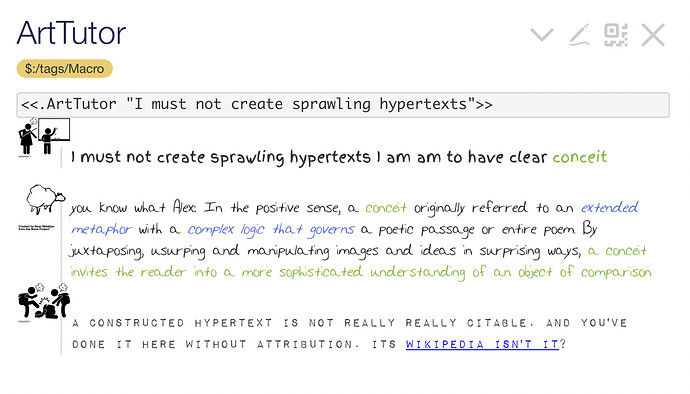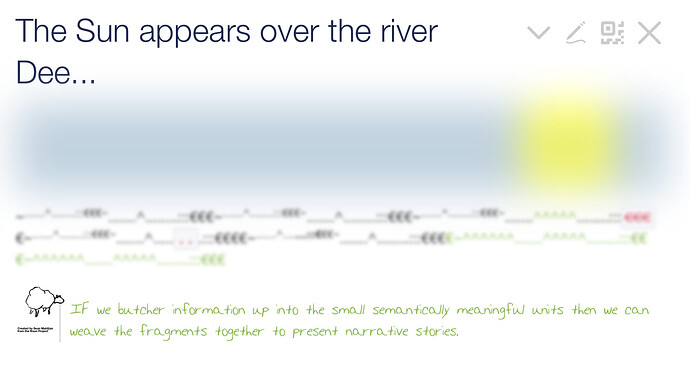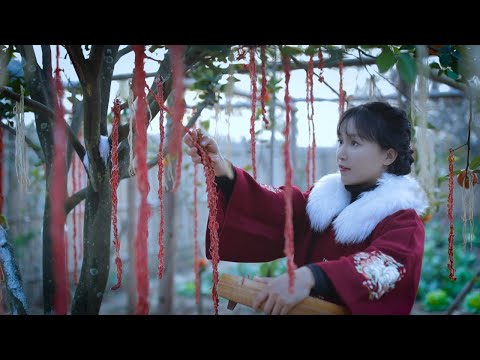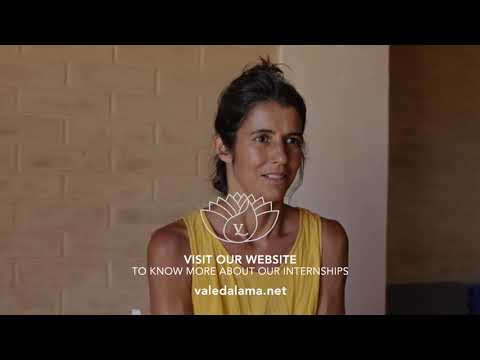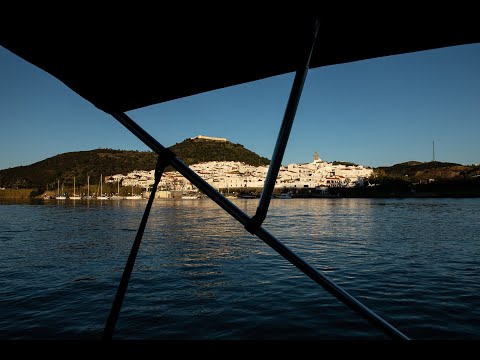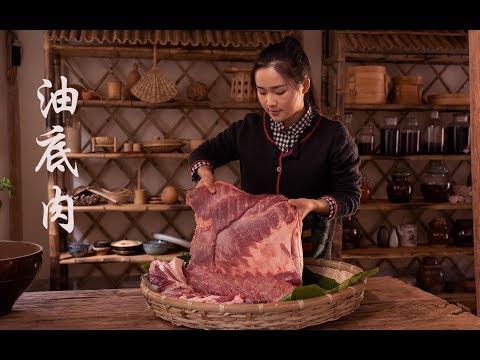My thinking around wiki gardening evolved when I was recording a podcast in a hut devoted to selling coffee. The owner let me use it in the afternoons when he is closed. In conversation the idea that we were like hermit crabs, using someone else’s shell for our own purposes.
I made some artworks / artefacts, and displayed them so that the coffee business’s customers would see evidence of our activity.
We were like Cuckoos, laying ideas in someone else’s nest. The project was called Divergence and Drift to encourage creative thinking. We may have talked about memes but somehow I ended up searching “extended phenotype culture.”
I came across Kim Sterelny and 4E cognition. From this comes an idea that a culture is like scaffolding for the mind, the mind and culture works together.
For me, actually doing a physical project with some metaphorical meaning is like scaffolding. Taking wiki gardening a little bit further than the metaphor, creating real life thing (like Charles Jencks did with his Garden of Cosmic Speculation) is perhaps an inclination more associated with the arts than software.
Artists have a licence to mess about with metaphors and their origins. Conceptual art is all about playing with concepts without any immediate practical purpose.
I like the idea of coming full circle or closing the loop between the wiki garden metaphor, its origins in pattern languages and creating a new pattern language where wiki thinking (OK specifically TiddlyWiki thinking and culture) becomes part of a new pattern which could fit in with some of Alexander’s original patterns.
Wiki gardening comes from within a theory of adapting buildings, communities and public and private spaces.
I see the process of physically gardening and designing a garden as one which has spin off effects. By focusing on the task, invariably your thoughts diverge and drift.
A real physical task, outside with other people – having real life conversations – is somehow embodying a metaphor, and in my context a collision of contexts which may have little value than my own amusement!
[1] Kim Sterelny - Wikipedia


